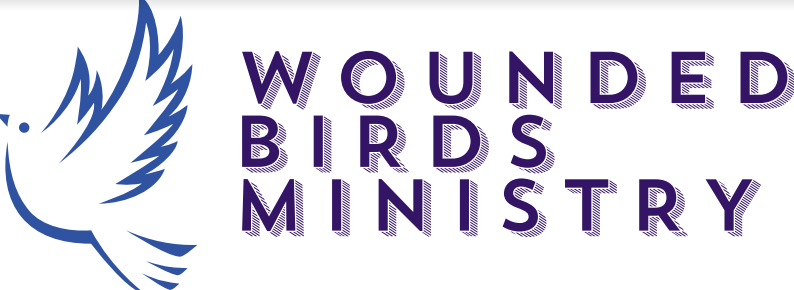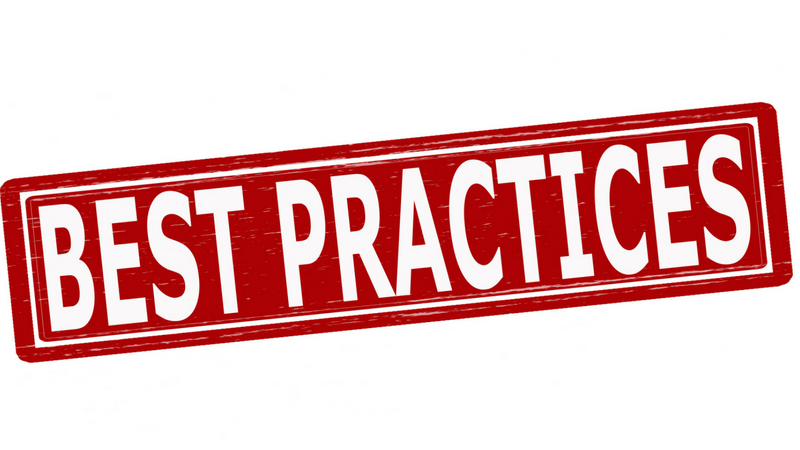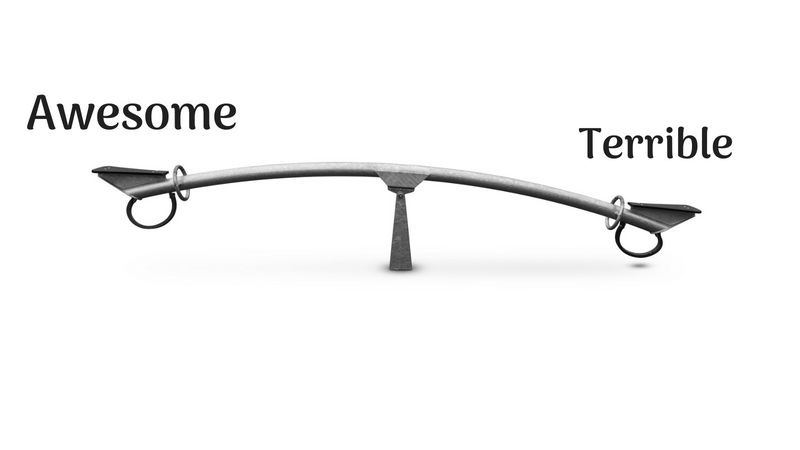Creating Affirmations Helps Us Achieve Goals
“Because I’m good enough; I’m smart enough; and doggone it, people like me.” – Stuart Smalley Affirmations Sketch, Saturday Night Live
A lot of us have heard the rules about writing goals. We need to write all our goals down if we hope to achieve them, and we need to make them Specific, Measurable, Actionable, Reasonable, and Timely (SMART). What we don’t talk about as much is the benefit of following up our goal writing with affirmations.
In truth, many people think of writing affirmations and goals as being substantially the same thing. While they are related, they are fundamentally different actions.
When we write a goal, we are defining an endpoint. We are deciding what “done” looks like to us. With Wounded Birds Ministry, my goal is to write 104 new posts for the website between January 1 and December 31, 2019.
Is it Specific? Yes.
Is it Measurable? Yes. I will know if I achieve my goal or not.
Is it Actionable? Yes. I know what actions I can take to achieve this goal.
Is it Reasonable? Yes. I currently average just shy of two posts per week, so I’m confident that I can achieve this number.
Is it Timely? Yes. I know the time period I’m measuring.
Look at how awesome I am at writing goals!
Many people think of writing affirmations and goals as being substantially the same thing.
Some people like to write exercise goals. Commonly, they sound like this:
“I want to go to the gym more.”
The challenge with this approach is that it’s not specific, it’s not measurable, and there’s no time associated with it. How do we know if we’ve achieved our goal?
Now, think about this goal:
“I want to go to the gym three times a week for 20 minutes during the month of October.”
Is it Specific? You betcha.
Is it Measurable? Darn tootin’. I’ll know if I’ve hit this goal or missed it.
Is it Actionable? Yes – get my happy butt to the gym and do something.
Is it Reasonable? In our imaginary scenario, this is reasonable for me. I have a 30-minute gap between an appointment and picking up my kid from school that is perfect for me to hit the gym.
Is it Timely? Yup – I know the time period I’m measuring and the frequency I want to visit the gym.
(If you struggle with determining what a “reasonable” goal is so that you follow through and complete it, like I have, try the book Finish by Jon Acuff. There are all kinds of fantastic advice on how to set yourself up for success in there.)
These are both fantastic goals – for me. Your goals will look different.
One additional thought on goals: It is easy to create two goals in one accidentally. For example, I will write and publish a book in 2018. Writing and publishing are two different actions, making these separate goals.
It’s not cheating to separate these out and identify individually; you’re creating clarity and specificity by keeping your goal tightly focused.
For most of us, we stop at goal writing. We may take the extra step of posting our goals in highly visible locations, like on the refrigerator door or bathroom mirror, but this is the end of the process for us. We turn immediately to execution.
What if we instead took one more step to help us be successful? Writing affirmations is a massive aid in achieving our goals because they help us change our thinking and our sense of identity.
When we write affirmations, there are two more questions we have to answer about our goals:
– WHY is this goal important to me?
– HOW WILL I FEEL when I’ve achieved the goal?
Putting these two items down in writing helps us make the next connection to our success.
Humans are inherently emotional creatures. Our emotions are fundamental to our existence, so understanding acknowledging those emotions helps us create a strong bond to the goal.
So, for my writing goal, my WHY is: I believe that consistent posting is vital to reaching as many people as possible, and reaching people is my mission.
When I have achieved this goal, I WILL FEEL confident, proud, and accomplished that I have shared so much with the world.
Essentially, we are re-writing a portion of our identity.
For my exercise goal, my WHY is: I want to feel stronger in my body, and I know it will help my mental health.
When I am done, I WILL FEEL confident, fit, and strong.
See how that works?
Next, we write the actual affirmations. The key here is to write in the present tense, as though we’ve already achieved our goal. I know, I know: that doesn’t seem right. After all, we haven’t done it yet!
Here’s the thing: We are doing a mindset change. Essentially, we are re-writing a portion of our identity. To do so, we want to think of ourselves as already finishing the goal. The benefit is that the goal becomes less of a possibility and more of a certainty. If I’m talking as though I’ve already achieved it, my brain starts to believe it. It may seem a little counter-intuitive, but it’s effective.
Effective is what matters.
So, when we write our affirmations, we keep all the elements of our SMART goals and then add in how we will feel at the end. Additionally, we avoid passive language. We don’t want to say “I have been writing;” we say, “I wrote” or “I am.”
For my writing goal, this looks like: “I wrote and posted 104 new blog posts up on my website in 2019, and I feel confident, proud, and accomplished.”
For my exercise goal, this looks like: “I exercise three times a week for 20 minutes, and I feel confident, fit, and strong.”
When you are done, read your affirmation aloud to yourself. You may feel a sense of excitement rise within you; it’s one of the ways our brain and our body tell us that the mindset change is already starting to happen.
Effective is what matters.
Once you’ve written all your affirmations, record them so you can carry them with you and read them. I know someone who put them all on index cards and carried them in his wallet; I used a tiny little notebook.
However you do it, keep each affirmation portable and on its own page. That way, when you’ve achieved the goal, you can easily discard that one card/page and not have to re-do the entire set.
Now, we’re on to the critical step: You want to read each of your affirmations at least once a day, ideally reading them aloud.
Reading our affirmations consistently is the step that changes our mindset. I don’t care how much you try to discount what you read aloud, your affirmations will override the negative thinking.
I know this from personal experience. I’m not done with 2018 yet. I haven’t yet finished writing 104 posts for the year. When I first started reading this affirmation, I reminded myself of this every time.
What is interesting is that our brains can’t hold two opposing ideas at the same time. We can’t say that “I am beautiful” and “I’m not beautiful” at the same time; our brain gets confused and it messes up our thinking. This is called “cognitive dissonance,” and our minds can’t handle it easily.
(Note: Cognitive dissonance and dialectical thinking are two different ideas; cognitive dissonance is about trying to hold two directly conflicting ideas in place at the same time with rigidity, whereas dialectical thinking is about creating room and allowing space for alternative ideas – even if they directly oppose each other.)
So, when we read an affirmation and then attempt to discount it, our brains have to decide which statement is more accurate and true to our identity.
Reading our affirmations consistently is the step that changes our mindset.
The physical acts of reading and speaking our affirmations gives the affirmation the boost up we need to override our negative thinking.
I’m not going to say I understand the psychology or the science behind this, just that I’ve been told by people I trust that it’s true and it matches my personal experiences.
Over time, our minds come to accept these affirmations more readily and thoroughly, until they become the unquestionable truth for us.
Affirmations are powerful tools. I love them, and I think you will, too.
I would love to see your affirmations in the Comments below. What amazing changes are you going to create for yourself?
Looking for daily inspiration and community? Join our warm and supportive Facebook group!








